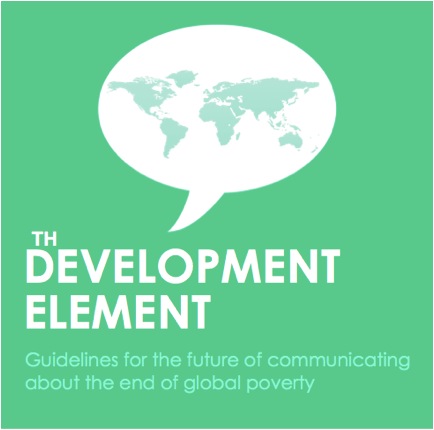Up until the last two years of my career in the international aid sector, monitoring and evaluation (M&E) had always been a part of my job title or description. I have always been curious about and driven by the “what works?” question.
For a long time, I had hoped that project monitoring and evaluation or organizational learning held the keys for more effective aid. In many ways, it helps. In other ways, M&E falls short. Because data and stories were collected for donors, I found program results – good or bad – were rarely shared widely and there were many insights held in people’s heads or on the pages of unread reports. In my early years, trying to understand the outcomes from projects, I most often found myself having to make peace with unanswered and unanswerable questions.
Entering and working in the headquarters of international civil society organizations provided insights into where knowledge and power lies. More so than the work “in the field,” at headquarters’ focus is on keeping the machine running, the brand strong, the money flowing. Thus the reality of the work on the ground I had experienced—two steps forward, two steps back—was rarely, if ever portrayed that way to the general public. I found real power, real strategy-setting related to an organization’s means of raising funds, i.e. how aid organizations portray themselves. Thus in the last few years, I most often find myself wanting to help our donors and supporters grapple with the unanswered questions along with us.
 I have became curious about a new set of questions: How could two narratives (aid is all virtuous, or all wasted) be brought together? How could we as practitioners tell a more genuine story of how development occurs?
I have became curious about a new set of questions: How could two narratives (aid is all virtuous, or all wasted) be brought together? How could we as practitioners tell a more genuine story of how development occurs?
One way for me to grapple with these questions was a career shift. As I started this blog, I started to leave M&E work behind (if one ever can). I built up my writing and social media skills and joined the creative team at Oxfam America, an organization whose communications strategies I have largely respected over the years, and where I could focus on portraying how aid can be more effective.
I joined a group of “writers who don’t write, write for people who don’t read” at the Barefoot Guide Connection to produce a forthcoming guide on the real work of social change.
And this year I have taught international development to graduate students in the Georgetown University Public Relations & Corporate Communications Master’s Program, so that I could learn what they know and so together we could identify what a new generation of communications professionals needs to embrace nuance without turning the public off.
“When [communicators] actually reflect back the world as it is — horrible and beautiful, tragic and smart, corrupt and innovative — then individual people won’t have to face the damned if you do, damned if you don’t decision…They will feel the desperation that surrounds us all, but also the potential for transformation. That’s not fluff to comfort. That’s not shock-and-awe to sell papers. That’s real and it’s fortifying.” ~ Courtney E. Martin for the On Being blog
That’s why I’m proud to formally launch the updated edition of The Development Element: Guidelines for the future of communicating about the end of global poverty, written with my students in the Spring 2014 semester.
Join the online conversation on Thursday, September 11th using #IntlDevComms!
***
Related Posts
5 pulse-checks before clicking ‘publish’ on #globaldev communications
The double-edge sword of mass communications: Is stereotyping inevitable?
Using storytelling to discover why aid projects so often fail

Pingback: Complexity, clarity, simplicity:Storytelling in dev | WhyDev
People can join in a Twitter chat tonight 9/11/14 at 6pm EST for a discussion with my current class – just use #IntlDevComms. “The Development Element” will continue to evolve!